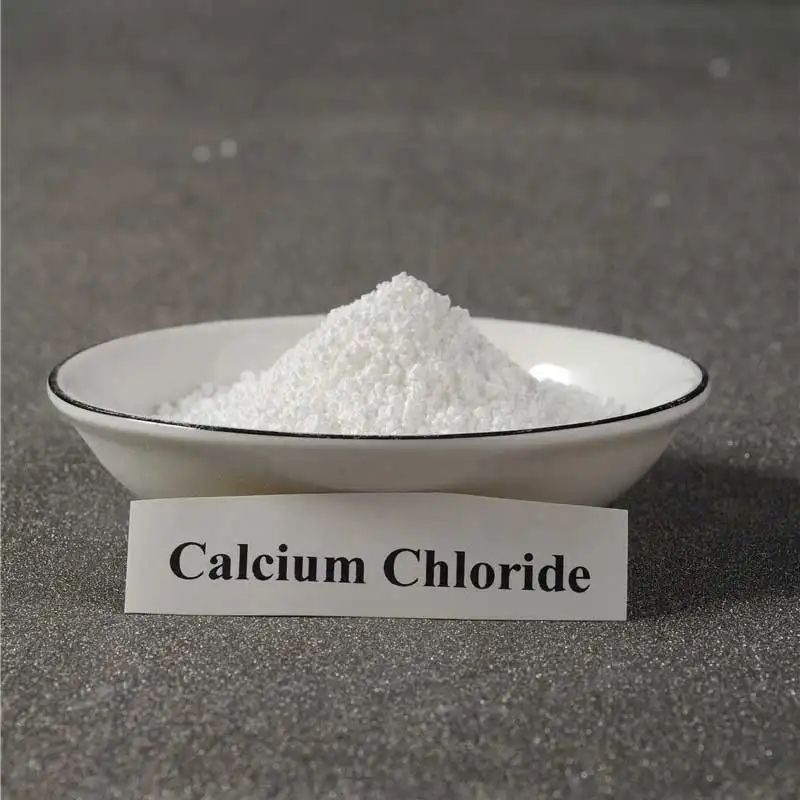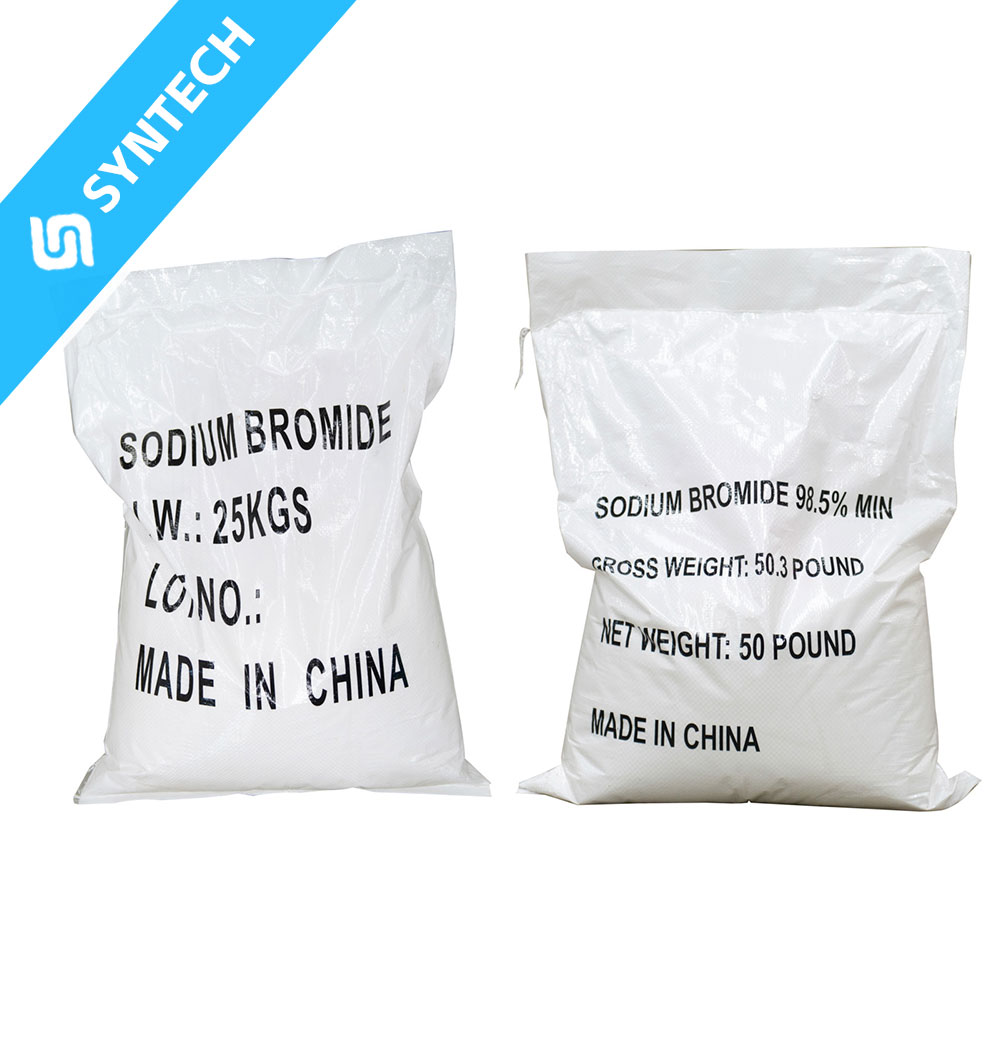To optimize the application effect of Sodium Methallyl Sulfate (SMAS) in the oilfield industry, the core logic is to carry out precision regulation throughout the entire chain of “monomer – copolymerization system – process – on-site adaptation”, based on SMAS’s molecular properties (strong hydrophilicity, salt and heat resistance, high charge density) and targeting the core needs of different application scenarios (drilling fluids, oil displacement agents, completion fluids, water treatment) such as high-temperature and high-salt stability, polymer viscosity/charge matching, and on-site construction adaptability. Below are specific optimization strategies by dimension:
I. Optimize the SMAS Monomer Itself: Ensure Basic Performance and Purity
As a core monomer for copolymerization, the purity, impurity content, and molecular structure of SMAS directly determine the performance of the subsequent polymer, making it a prerequisite for optimization:
- Improve monomer purity and control impurity content
- If industrial-grade SMAS retains unreacted methallyl alcohol (raw material), sodium sulfate (by-product), or metal ions (e.g., Fe³⁺, Ca²⁺), it will significantly affect polymerization efficiency (e.g., impurities consume initiators) and the performance of the final polymer (e.g., metal ions cause polymer cross-linking and agglomeration, reducing water solubility).
- Optimization measures: Adopt a combined “distillation – recrystallization” process to purify SMAS, controlling its purity to ≥99.5%; remove metal ions (content ≤10 ppm) using chelating resins (e.g., EDTA type) to avoid interference with the polymerization reaction.
- Customize SMAS molecular structure (for special scenario requirements)
- For ultra-high temperature (>120°C) reservoirs (e.g., deep shale oil reservoirs), the heat resistance of SMAS can be enhanced by “adjusting the methyl substitution degree” or “modifying the sulfonate group” (e.g., introducing short-chain alkyl sulfonates). For example, pre-copolymerizing SMAS with a small amount of “N-vinylpyrrolidone (NVP, a heat-resistant monomer)” to form a “SMAS-NVP intermediate,” then copolymerizing it with AM/AMPS, can increase the thermal decomposition temperature of the polymer by 10-15°C.
II. Optimize the Copolymerization System: Match Performance Requirements of Different Application Scenarios
SMAS needs to copolymerize with other monomers (e.g., AM, AMPS, AA) to form functional polymers. The selection of monomer ratio and copolymerization additives (initiators, CTA, cross-linking agents) is key to determining whether the polymer performance is suitable for oilfield scenarios:
1. Precisely Adjust Monomer Ratio Based on Application Scenarios
Oilfield chemicals have vastly different requirements for polymer “viscosity, salt resistance, and charge density.” Performance matching can be achieved by regulating the ratio of SMAS to other monomers:
2. Optimize the Copolymerization Additive System
- Initiator: Adapt to polymerization temperature and control reaction rate
- Low-temperature scenarios (e.g., offshore oilfield drilling fluids, ambient temperature 5-20°C): Use an “ammonium persulfate – sodium bisulfite” redox initiator system (mass ratio 3:1) to lower the initiation temperature to 25-30°C, avoiding incomplete polymerization at low temperatures.
- High-temperature scenarios (e.g., oil displacement agent polymerization requiring high molecular weight): Use a “potassium persulfate – urea” composite thermal initiator system (mass ratio 4:1), which decomposes slowly at 50-60°C. This extends the chain growth time, increasing the polymer molecular weight to over 1.5×10⁷ Da (compared to only 1×10⁷ Da with traditional thermal initiators).
- Chain Transfer Agent (CTA): Precisely control polymer molecular weight
- Oil displacement agents require high molecular weight (1×10⁷-2×10⁷ Da): Add a trace amount (0.01-0.03%) of isopropanol as a CTA to slightly inhibit chain termination and ensure molecular weight.
- Water treatment flocculants require medium-low molecular weight (5×10⁵-1×10⁶ Da): Add 0.1-0.2% sodium hypophosphite to accelerate chain transfer, preventing excessively high molecular weight (which would increase solution viscosity and hinder dosing).
- Cross-linking agent: Add on demand to avoid excessive cross-linking
- Drilling fluid fluid loss reducers: Add 0.05% N,N’-methylenebisacrylamide (MBA) for mild cross-linking to improve the density of the polymer filter cake.
- Oil displacement agents: Strictly avoid cross-linking agents to prevent polymer gelation (which would block injection pipelines). Instead, use the steric hindrance of SMAS’s methyl group to enhance chain rigidity.
III. Optimize Polymerization Process Parameters: Ensure Stable Polymer Performance
The “temperature, pH, stirring rate, and reaction time” of the polymerization process directly affect the polymer’s molecular weight distribution, water solubility, and performance consistency, requiring strict control:
- Temperature control: Adapt to the initiator system and avoid thermal degradation
- For redox initiator systems: Control the reaction temperature fluctuation to ≤±2°C (e.g., 28-30°C) to prevent localized overheating, which would cause a sudden increase in free radical concentration and trigger chain termination (reducing molecular weight).
- For thermal initiator systems: Adopt “stepwise heating” (initial temperature 40°C, increased to 55°C after 1 hour) to initiate monomers slowly first, then raise the temperature to promote complete reaction (monomer conversion ≥98%).
- pH regulation: Optimize monomer dissociation and copolymerization activity
- SMAS’s sulfonate group (-SO₃Na) is stable across the entire pH range, but acrylic acid (AA) needs to dissociate (-COOH→-COO⁻) under alkaline conditions to form a synergistic charge effect with SMAS.
- Optimization scheme: Adjust the reaction system pH to 7.5-8.0 (weakly alkaline) using NaOH. At this pH, the dissociation rate of AA exceeds 90%, maximizing its copolymerization activity with SMAS and increasing the polymer’s charge density by 15-20%.
- Stirring and mass transfer: Avoid polymer agglomeration
- Use a combination of an “anchor stirrer + baffle” and control the stirring rate at 200-250 rpm (low speed ensures chain growth, high speed prevents uneven local concentration).
- For high-concentration polymerization systems (total monomer concentration 30-35%), add SMAS in batches (50% first, then the remaining 50% after 1 hour) to prevent local excess of SMAS, which would cause polymer agglomeration (reducing water solubility).
IV. Optimize Product Post-Treatment and On-Site Adaptation: Improve Application Convenience and Effectiveness
Even if the polymer has excellent performance, improper post-treatment or mismatch with on-site conditions will reduce application effectiveness. Optimization should focus on “product form – on-site adaptation – synergistic compounding”:
1. Product Post-Treatment: Ensure Solubility and Stability
- Drying method: Avoid high-temperature degradation
- Spray drying (preferred): Inlet temperature 180-200°C, outlet temperature 80-85°C. Rapid drying forms microspherical particles (particle size 50-100 μm), increasing solubility by 30% (compared to block polymers from vacuum drying).
- Storage: Add 0.2% antioxidant (e.g., BHT) to prevent oxidative degradation of the polymer during storage, extending the shelf life from 6 months to 12 months.
- Form optimization: Adapt to on-site dosing methods
- Polymers for drilling fluids/completion fluids: Produce as “fast-dissolving powder” (adding 0.5% solubilizer such as urea), which dissolves completely within 30 minutes during on-site fluid preparation (compared to over 60 minutes for traditional powders).
- Polymers for oil displacement agents: Produce as “water-in-water emulsions” (solid content 40%) to avoid powder caking, making them suitable for large-scale continuous injection.
2. On-Site Condition Adaptation: Customize Formulations
Oilfield on-site conditions (reservoir temperature, salinity, rock type) vary greatly, requiring “laboratory simulation – on-site fine-tuning” for formulation adaptation:
- High-salinity reservoirs (e.g., Bohai Oilfield, salinity 12×10⁴ mg/L): Add an additional 0.5% “salt-resistant additive” (e.g., polyvinylpyrrolidone, PVP) to the SMAS-AM-AMPS oil displacement agent. Through the complexation of PVP with salt ions, the polymer’s salt resistance is further improved (viscosity retention rate increases from 70% to 90%).
- Low-permeability reservoirs (permeability <10 mD): Reduce the polymer concentration of the SMAS-based completion fluid from 0.5% to 0.2%, and add 0.3% “anti-adsorption agent” (e.g., polyethylene glycol, PEG) to minimize polymer adsorption on the rock surface (adsorption capacity decreases from 50 mg/g to 15 mg/g), avoiding reservoir blockage.
3. Synergistic Compounding: Enhance Efficiency with Other Oilfield Chemicals
SMAS-based polymers need to be compatible and synergistic with other on-site additives (e.g., clay stabilizers, demulsifiers, lubricants):
- Drilling fluid compounding: SMAS-AM-AA copolymer (0.3%) + potassium chloride (2%, clay stabilizer) + polyether lubricant (0.5%). These three components have no antagonistic effects; the lubricant enhances the drilling fluid’s lubricity (reducing the friction coefficient by 25%), while the copolymer ensures fluid loss reduction.
- Oily wastewater treatment compounding: SMAS-AA flocculant (0.1%) + polyether demulsifier (0.05%). The demulsifier first breaks the crude oil emulsion, and the flocculant then adsorbs fine oil droplets, increasing treatment efficiency by 40% (oil content decreases from 500 mg/L to below 50 mg/L).
V. Establish a Monitoring and Closed-Loop Optimization Mechanism
Optimization is not a one-time action; it requires a closed loop of “performance monitoring – problem feedback – formulation adjustment”:
- Laboratory simulation testing: Before application, test the polymer’s key properties (viscosity, salt resistance, fluid loss rate, flocculation efficiency) using on-site formation water (simulating salinity) and a constant temperature reactor (simulating reservoir temperature) to ensure compliance with design requirements.
- On-site real-time monitoring: During drilling/oil displacement, monitor parameters such as drilling fluid fluid loss, oil displacement agent injection pressure, and produced fluid oil content in real time. If abnormalities occur (e.g., excessive fluid loss), promptly adjust the dosage of the SMAS-based polymer (e.g., increase from 0.3% to 0.4%).
- Periodic optimization: After completing operations for each well, summarize SMAS application data (e.g., polymer dosage, performance indicators) for the block, and optimize the formulation for subsequent similar blocks (e.g., reducing the SMAS content of the oil displacement agent from 20% to 15% while maintaining effectiveness, lowering costs).
Summary: Core Logic of Optimization
The optimization of SMAS application must focus on “scenario demand – performance matching“: Based on SMAS’s properties of salt resistance, heat resistance, and high charge density, address core pain points in different oilfield scenarios (e.g., stability under high temperature and high salt, low damage to low-permeability reservoirs, on-site dissolution efficiency) through “monomer purification → customized copolymerization system → precise process control → on-site adaptation adjustment.” Ultimately, this achieves the application effect of “meeting performance standards, controlling costs, and enabling convenient operation.”






